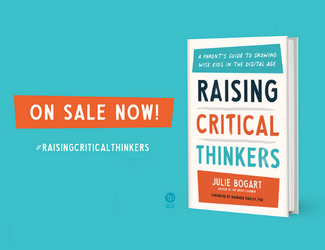
Elizabeth Gilbert, professional successful writer, shared about how she handles criticism of her work. She avoids it. She doesn’t entrust her self or her work to those who haven’t earned the right to speak into her life. Then she wrote a list of criteria she uses when asking for feedback for her work. My jaw dropped. These are the criteria I advocate for how a parent can be a trusted coach and ally to their children in writing.
Here’s the list of how she finds her critics. Imagine your child asking these questions while evaluating whether or not to trust you with their work. If they can say that you are this kind of person, they will ask for your help and feedback! Promise!
1) Do I trust your opinion and your taste?
2) Do I trust that you will understand what I am trying to create, and therefore can help me to improve it?
3) Do I trust that you have my best interests at heart — that there is no dark ulterior motive, and no hidden agenda in your criticism?
4) Do I trust that you can offer your criticism with a fundamental spirit of gentleness, so that I can actually hear it without being mortally wounded?
She concludes:
Gentleness is very important.
YES!! Take these words to heart today when you partner with your kids in ANY part of the school experience. Gain their trust. Be gentle.
–Julie

























